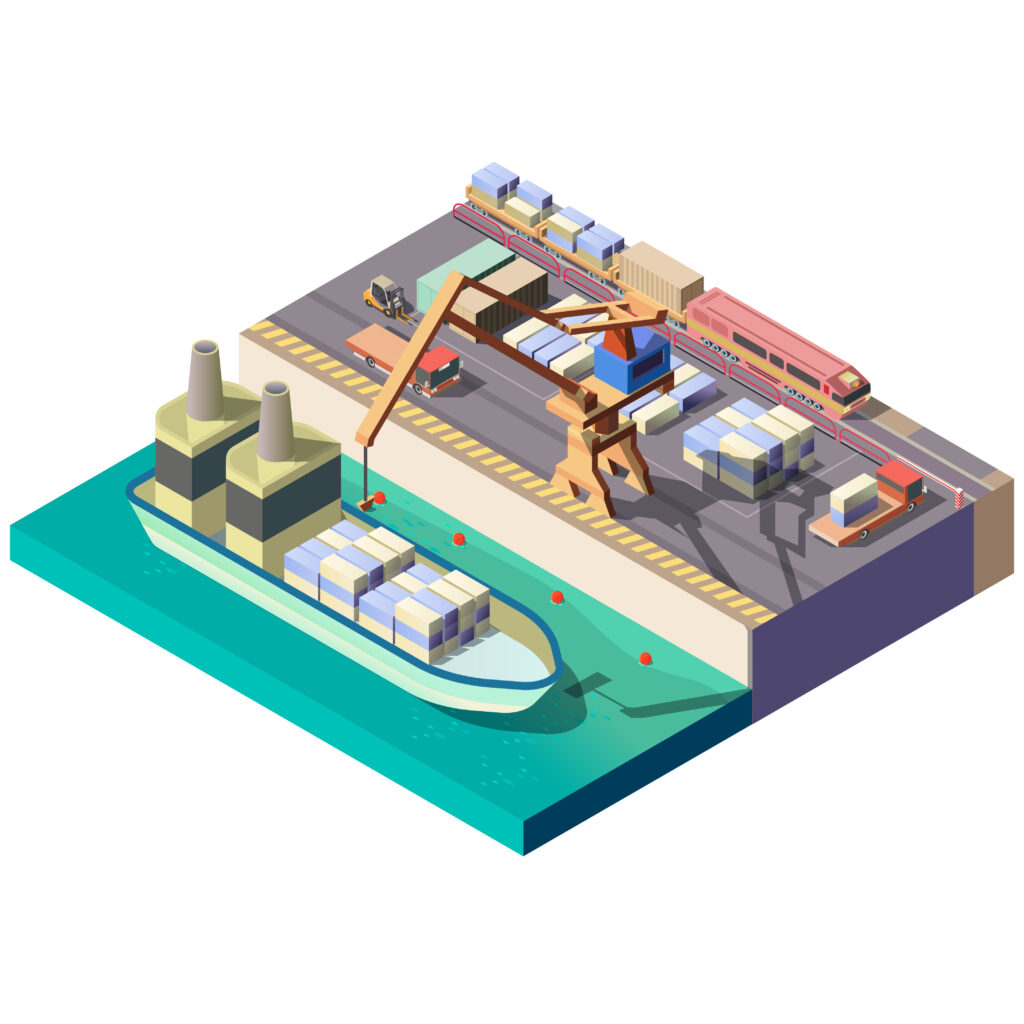Distributed warehouses for B2B and B2C fulfillment:

Distributed warehouses, strategically positioned across diverse regions or countries, play a pivotal role in significantly slashing shipping times and costs for both B2B and B2C orders. By strategically locating products closer to customers, businesses can expedite deliveries, enhance customer satisfaction, and gain a competitive edge. The incorporation of distributed warehouses into warehousing and inventory storage strategies equips businesses with a distinct advantage in both B2B and B2C markets, amplifying customer satisfaction while concurrently reducing shipping expenses and refining overall supply chain efficiency.
Freight consolidation and optimization:
Save on shipping costs by leveraging a distributed warehouse network for freight consolidation and optimization. This approach combines shipments from various locations into larger, more cost-effective units, significantly reducing per-unit shipping expenses and enhancing overall logistics efficiency. Businesses benefit from economies of scale and improved negotiation power with carriers by consolidating shipments closer to their final destination. Additionally, optimizing shipping routes and selecting efficient transportation modes further minimize expenses, contributing to substantial savings and bolstering profitability within a distributed warehouse network strategy.

Secure and organized storage:

Warehouses provide a safe and controlled environment for storing products, protecting them from damage, theft, or environmental factors. Proper organization within the warehouse facilitates efficient picking and packing processes, reducing order fulfillment times and errors.
Effective inventory management:
Inventory management practices aim to maintain optimal stock levels, balancing the costs of carrying excess inventory with the risks of stockouts. This involves forecasting demand, setting reorder points, and monitoring inventory levels regularly to ensure products are available when customers need them.

Efficient order fulfillment:

Warehousing and inventory storage play a critical role in order fulfillment, ensuring that products are picked, packed, and shipped promptly and accurately. Efficient order fulfillment processes contribute to customer satisfaction and reduce the risk of order cancellations or returns.
Real-time inventory tracking:
Technology advancements, such as warehouse management systems (WMS) and inventory tracking software, provide real-time visibility into inventory levels. This allows businesses to make informed decisions about restocking, promotions, and product allocation, preventing stockouts and optimizing inventory turnover.

Automated picking and packing:

Automated picking and packing systems utilize robotics or conveyor belts to streamline the order fulfillment process. These systems reduce labor costs, improve accuracy, and increase the speed of order processing.
Cross-docking:
Cross-docking is a process where goods are unloaded from incoming shipments and immediately loaded onto outbound shipments, bypassing storage. This efficient method reduces inventory carrying costs and accelerates order fulfillment.

Kitting and assembly:

For products that require assembly or packaging, kitting and assembly services can be offered within the warehouse. This value-added service saves businesses time and resources by preparing products for direct shipment to customers.
Returns management:
Warehouses can be equipped to handle returns efficiently, inspecting returned products, restocking or repairing them when possible. Effective returns management reduces the cost of returns and enhances customer service.

Security measures:

Warehouses implement various security measures to protect products from theft, unauthorized access, and fire or natural disasters. These measures may include CCTV surveillance, access control systems, and fire suppression systems.
